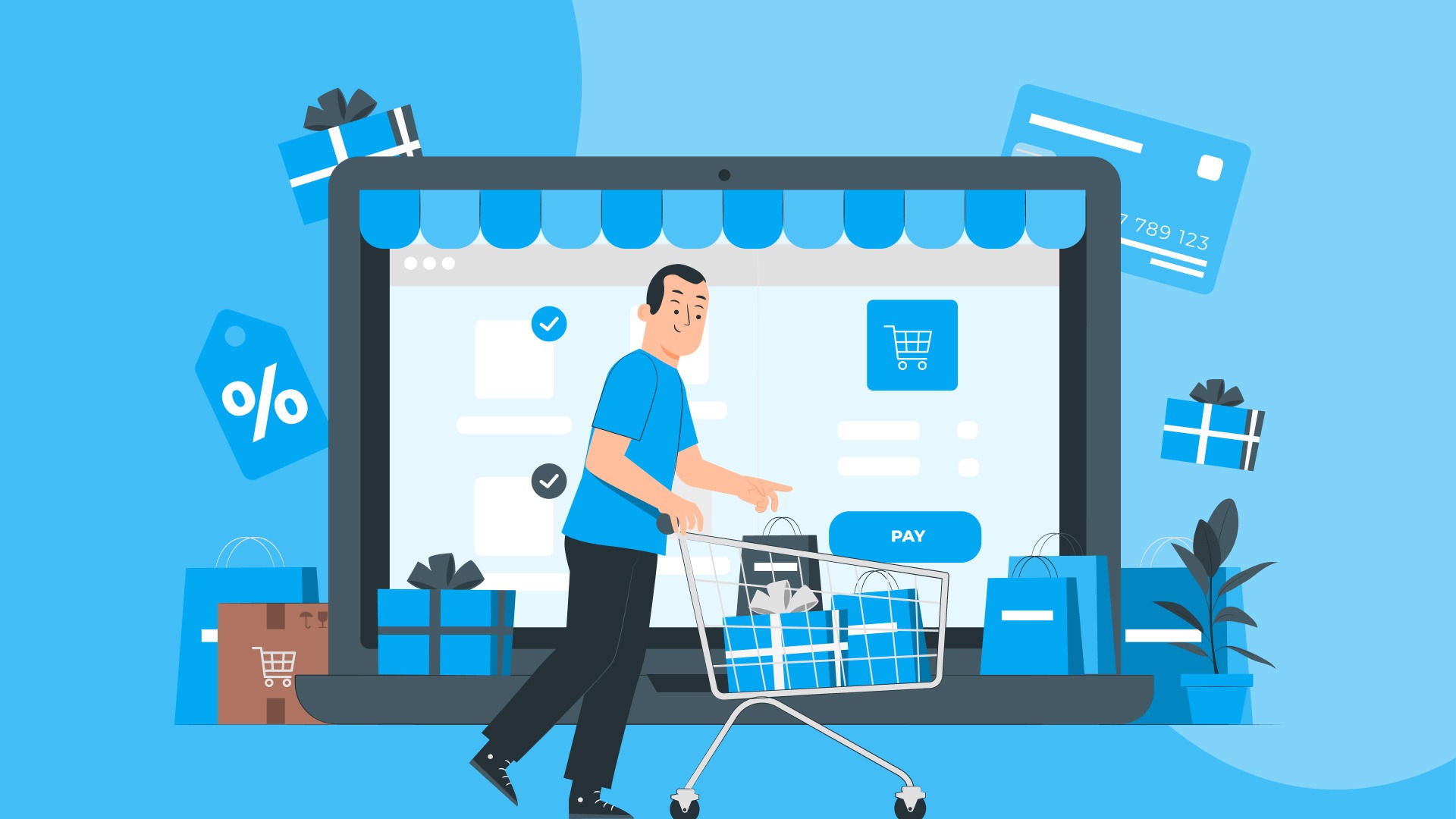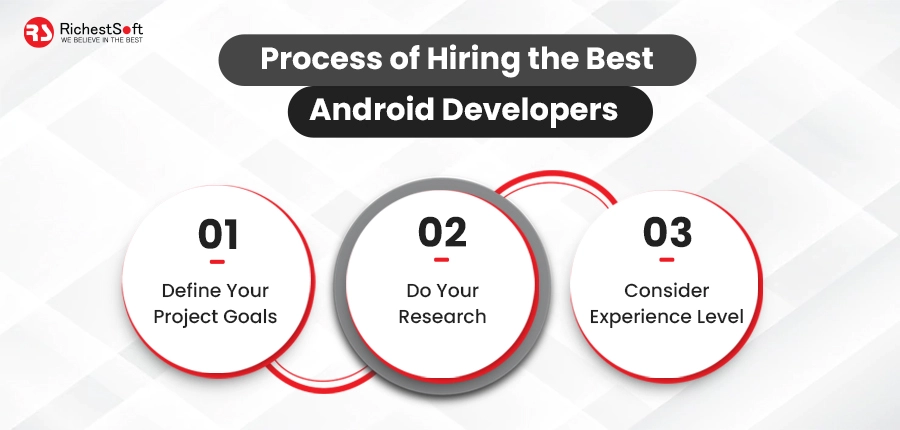Introduction
Consumers are increasingly turning towards online shopping to fulfill their retail needs as the world has become increasingly technologically advanced. With the global pandemic accelerating the shift to eCommerce, businesses face the challenge of standing out in an increasingly crowded marketplace. One way to differentiate a business and create a competitive advantage is through eCommerce personalization. In fact, around 80% of consumers are more likely to purchase from a brand that offers personalized experiences.
Businesses to stay competitive in the ever-growing world of eCommerce are exploring new ways to connect with customers and offer a more personalized shopping experience. This involves utilizing customer data and analytics to tailor online interactions to meet each shopper’s unique needs, preferences, and behaviors.
In the realm of eCommerce, personalization can manifest in various forms, such as targeted product recommendations, customized promotions, personalized messaging, and search results. By leveraging these strategies, businesses can create more relevant and engaging experiences that drive customer loyalty and sales. By showing customers that a business understands its individual needs and preferences, businesses can build stronger relationships with their audience and differentiate themselves from competitors in a crowded marketplace.
Ultimately, eCommerce personalization aims to make the online shopping experience more efficient, enjoyable, and memorable for customers. In this blog, we will delve deeper into what eCommerce personalization is.
What is eCommerce Personalization?
eCommerce personalization is tailoring the online shopping experience to meet individual customers’ unique needs, preferences, and behaviors. By leveraging customer data and analytics, eCommerce businesses can create customized experiences that are more relevant and engaging for shoppers, ultimately leading to increased loyalty and sales. Personalization in eCommerce can take many forms, from targeted product recommendations and personalized messaging to customized promotions and search results. Some examples of personalization in eCommerce include:
- Customer-specific product recommendations based on shopping history and past purchases
- Customized email campaigns based on a customer’s interests and preferences
- Personalized promotions and discounts based on a customer’s purchase behavior
- Personalized search results that prioritize products and categories based on a customer’s past behavior and preferences
Why is Personalization the Future of eCommerce?
Personalization is quickly becoming the future of eCommerce due to changing consumer expectations, improved technology, increased competition, and greater access to customer data. Around 60% of consumers say personalized shopping experiences will result in repeat purchases. Today’s consumers expect personalized experiences from the brands they interact with, and businesses that fail to offer personalized experiences may be left behind. Advances in technology, particularly in artificial intelligence and machine learning, have made it easier than ever for businesses to offer personalized experiences to their customers.
Furthermore, competition in the eCommerce industry is growing, and personalization can be a key differentiator for businesses looking to stand out in a crowded market. By leveraging customer data and analytics, businesses can create more personalized experiences for their customers, which can help to increase visitor engagement, conversion rates, and customer loyalty. As a result, personalization can help to increase sales and revenue for businesses.
The future of eCommerce is personalization since it presents numerous benefits to businesses and consumers. By embracing personalization, businesses can create a more engaging and personalized shopping experience for their customers, leading to increased sales, improved customer loyalty, and a competitive edge in the eCommerce industry. As technology continues to advance and compete in the industry, businesses that fail to offer personalized experiences may need help to remain relevant in a rapidly changing market.
You May Also Interested In:
What are the Benefits of eCommerce Personalization?
eCommerce personalization offers many benefits to businesses looking to improve their online shopping experience for customers. Let’s look at some of the key benefits of eCommerce personalization.
Increased Visitor Engagement
Personalized shopping experiences can keep visitors engaged with your website and improve their overall experience. By offering personalized recommendations and content, customers are more likely to stay on your website longer and engage with your brand.
Increases Conversion Rates
Personalized product recommendations, targeted promotions, and customized messaging can all help to increase conversion rates. When customers feel like your website is tailored to their needs and preferences, they are more likely to purchase.
Improved Brand Perception
By offering a personalized shopping experience, businesses can improve their brand perception and build stronger customer relationships. Customers are more likely to view a brand positively if it understands and values its needs.
Enhanced Customer Experience
eCommerce personalization can greatly enhance the customer experience by offering customized product recommendations, personalized messaging, and other tailored features. Improved customer satisfaction and loyalty can be achieved through personalization.
Generate More Leads
Personalized content and promotions can also help generate more business leads. Businesses can attract new customers and build their customer base by offering targeted promotions and content.
Increase Customer Loyalty
Personalized shopping experiences can help build stronger customer relationships and increase customer loyalty. When customers feel like a brand understands and values their needs, they are more likely to return to that brand for future purchases.
Improve Engagement & Sales
Personalized content and messaging can also help improve customer engagement, leading to increased brand awareness and loyalty. Also, personalized product recommendations and promotions can increase sales and drive revenue growth for businesses.
Enhance Customer Data
eCommerce personalization can also help businesses to gather valuable customer data and insights. By analyzing customer behavior and preferences, businesses can better understand their target audience and make more informed decisions about marketing and product development.
eCommerce Personalization Trends and Tactics
Businesses to succeed in the fast-paced world of eCommerce need to stay on top of the latest trends and tactics in personalization. According to a study by Mckinsey, businesses that use personalization effectively can generate 40% more revenue. Hence it is important to notice trends and pay attention to the top eCommerce personalization trends that also includes important tactics that businesses can use to connect with customers and drive sales, which we have listed below for your convenience.
Hyper-Personalization
Hyper-personalization can increase customer satisfaction and loyalty, higher conversion rates, and average order values. This trend involves using real-time data and machine learning algorithms to create highly customized experiences for each individual customer. By analyzing customer behavior and preferences, businesses can offer personalized product recommendations, content, and promotions that resonate with each shopper. One of the best examples of brands that have implemented Hyper-Personalization is Amazon. It provides personalized product recommendations, targeted promotions, and customized search results using each customer’s highly personalized shopping experience.
Multiple Payment Options
Offering customers various payment options can improve the checkout experience and reduce cart abandonment rates. Some popular payment options include credit cards, PayPal, Apple Pay, and Google Pay. Additionally, businesses can consider offering alternative payment methods, such as buy now pay later, installment plans or pay-over-time services. BestBuy is a top brand offering various payment options for a seamless and convenient payment experience.
Automated Customer Segmentation
Using automation tools to segment customers based on their behavior and preferences can help businesses deliver more relevant content and offers. Businesses can offer targeted promotions and personalized product recommendations that resonate with each customer segment by dividing customers into different groups based on factors such as purchase history, demographic data, and website behavior. Netflix uses automated customer segmentation to offer personalized content recommendations to each individual user tailored to each user.
Voice Technology
Integrating voice assistants such as Amazon Alexa and Google Assistant into the shopping experience can make it more convenient for customers to find and purchase products. By enabling voice search and voice-activated purchasing, businesses can offer a more seamless and efficient shopping experience for customers who prefer voice commands. Walmart has implemented voice technology through its partnership with Google Assistant. Customers can use voice commands to add items to their shopping cart, check prices, and complete purchases.
Dynamic Pricing
This tactic involves real-time adjusting prices based on customer behavior and market trends. By using algorithms to analyze factors such as inventory levels, competitor prices, and customer demand, businesses can optimize prices to maximize revenue and improve customer loyalty. Dynamic pricing can be especially effective in the travel and hospitality industries, where prices fluctuate rapidly based on supply and demand. Uber uses dynamic pricing to adjust prices based on real-time supply and demand.
Shopping Cart Abandonment Recovery
Implementing cart abandonment emails and exit-intent popups can help businesses recover lost sales and reduce cart abandonment rates. By reminding customers of items left in their shopping carts and offering incentives such as free shipping or discounts, businesses can encourage customers to complete their purchases and improve conversion rates. Nike uses retargeting emails and personalized promotions to encourage customers to complete their purchases. By reminding customers of items left in their cart and offering incentives such as free shipping, Nike can recover lost sales and improve conversion rates.
Mobile Optimization
With more customers using their smartphones to shop online, businesses need to optimize their eCommerce websites and apps for mobile devices. This includes ensuring the website or app is mobile-friendly, easy to navigate, and loads quickly on mobile devices. Additionally, businesses can offer mobile-exclusive promotions and features to encourage mobile shopping. 76% of loyalty members prefer SMS updates from their favorite brands, which explains how effective personalization can be. There are higher chances of selling again to your customer. Target has optimized its eCommerce website and app for mobile devices, making it easy for customers to shop on the go.
Need Help To Make Your eCommerce Store Mobile Friendly?
Focusing on Sustainability
As customers become more environmentally conscious, businesses can differentiate themselves by offering sustainable products and reducing their carbon footprint. This can involve using eco-friendly materials, reducing waste, and supporting sustainable production practices. By aligning with customer values and contributing to a more sustainable future, businesses can build customer loyalty and differentiate themselves from competitors. Patagonia is a brand that has made sustainability a core part of its business model, as 87% of its products are made with recycled materials, making it one of the most sustainable outdoor apparel brands.
Product Recommendations and AI-Driven Personalization Strategy
Businesses using machine learning and artificial intelligence can offer personalized product recommendations and tailor the shopping experience to each individual customer. As per Statista, marketing uses personalization most often for product recommendations and predictive customer service. Businesses can offer highly relevant product recommendations that resonate with each customer by analyzing customer data such as purchase history, browsing behavior, and demographic information. This can increase customer loyalty, higher average order values, and improve conversion rates. Spotify uses machine learning algorithms to offer personalized music recommendations to each user. By analyzing listening behavior and preferences, Spotify can suggest new songs and artists tailored to each user’s taste.
Price Personalization
Like dynamic pricing, this strategy involves offering different prices to customers based on their past behavior, purchase history, and preferences. Businesses can improve customer loyalty and revenue over time by analyzing customer data and offering customized prices. However, it’s important to use price personalization ethically and transparently to avoid alienating customers and damaging the brand’s reputation. Amazon and other eCommerce businesses use price personalization to offer customized prices to each customer. By analyzing purchase history and other data, these businesses can offer different prices to different customers to improve revenue and customer loyalty.
Final Thoughts
eCommerce personalization is quickly becoming the future of online shopping, with businesses utilizing customer data and analytics to create customized experiences tailored to each shopper’s needs and preferences. The eCommerce businesses prioritizing personalization will likely see better results and more satisfied customers in the long run. Businesses must embrace personalization in today’s rapidly changing marketplace to remain relevant.
Source link







Leave a Reply